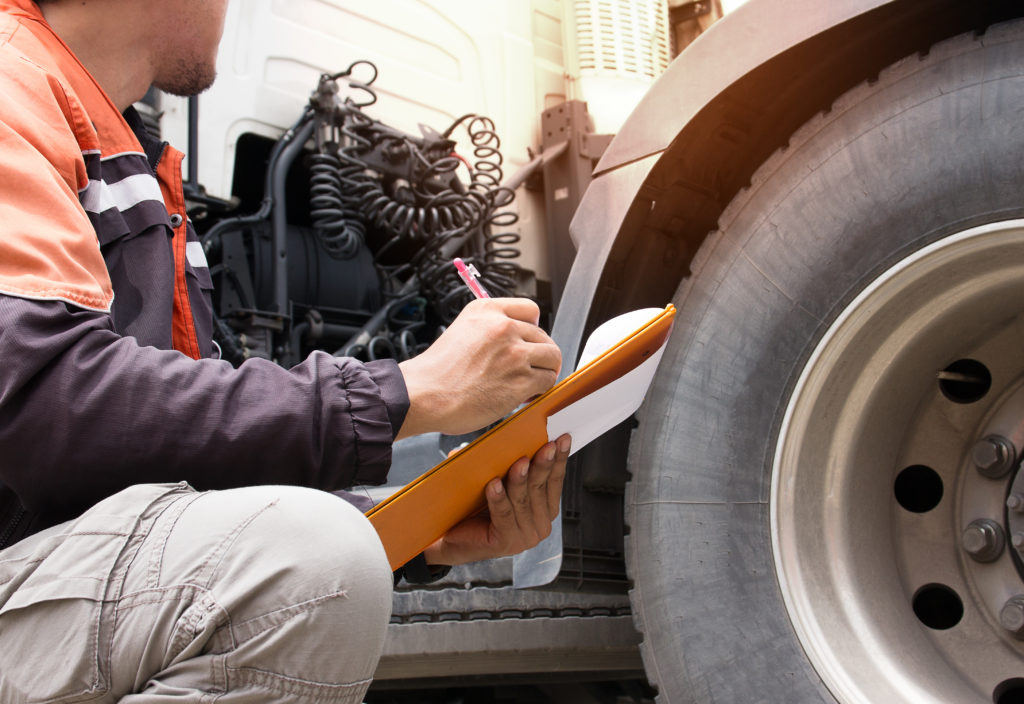
As new safety technologies become more and more prevalent in the trucking industry and regulations continue to change, insurance costs for motor carriers increases steadily.
Some of this new tech, like avoidance systems, collision mitigation, and onboard cameras, aim to help motor carriers cut out common expensive losses and monitor the behavior of their drivers while on the road.
But how are these technologies affecting insurance companies’ underwriting processes?
Pricing is typically based around individual trucking company losses and general trends in the industry. “Rate increases have ranged from single digits to, in some cases, double or worse depending on these factors,” says Todd Reiser, vice president of the transportation practice at Lockton Cos.
If companies aren’t able to choose from multiple insurers within commercial auto liability, they end up having much higher costs that affect premiums. Additionally, trucking litigation has become much worse over the last few years.
“Jury awards in excess of $10 million are becoming more prevalent, especially in the trucking world where higher liability limits are often purchased,” explains director of underwriting for transportation at Sentry Insurance, Randy Ramczyk.
The maximum amount of coverage a primary liability policy usually covers before excess coverage is $5 million, which varies below that number. Some fleets buy a policy with minimum limits around $750,000 or $1 million, while large fleets generally go for a policy that offers a higher limit, typically up to $5 million, Reiser says.
However, Garner Brumbaugh, second vice chairman of American Trucking Associations, says she hasn’t been in the “open” insurance market for the past 18 years, because she uses her own insurance company through a “captive”–a system where members focus on a culture of safety.
According to Reiser, both primary liability and excess liability underwriters keep in mind that safety tech has major effects in reducing large losses, and are “under a ton of pressure” to remain profitable.
“It is difficult to measure the exact impact of accidents that have either not happened at all or have been substantially mitigated by these technologies, especially for fleets that are largely self-insured,” he says. He also explains that motor carriers such as these are able to use their own safety data to show a significant drop in rear-end collisions for trucks with collision mitigation systems.
“Only the most financially stable carriers will see value in continuing to buy high levels of excess insurance,” says Reiser.
Additionally, new safety tech is now allowing motor carriers to gain data straight from the cab–not only to improve driver behavior, but to mitigate the cost of an accident. For example, driver-facing cameras have been extremely helpful in avoiding accidents and correcting unsafe behaviors.
“When drivers know a camera is in the cab, they know whatever they do could potentially be reviewed,” says Reiser. Cameras can also help a fleet be exempt from liability, because they can be used to determine who is at fault in a collision.
Other tech, like crash avoidance systems, equip vehicles with a resource to reduce accident severity–especially in lane change and merging incidents.
Because of circumstances like these, some insurers are now establishing prerequisites, meaning they are only considering risks that use particular technology, including camera systems and collision avoidance.
Another widely-used new tech changing the insurance game? ELDs.
Since 2017, electronic logging devices have been mandated in commercial trucks. If a carrier goes without ELDs, insurers will typically not agree to write that particular risk.
Brumbaugh says ELDs are doing well at making the industry safer overall. “The challenges will be the learning curve, which takes time after full implementation,” which will go into effect this December.
Sentry’s Ramczyk says camera systems and collision mitigation systems are becoming the most effective in regards to safety, though. “Common sense would dictate that this technology can and will help minimize the number of commercial trucking accidents,” he says.
Insurers are now paying for hardware installation like these in certain vehicles, especially with systems like cameras, instead of providing discounts to companies for using them.
Craig Dancer, transportation industry practice leader at Marsh USA Inc. says this is to be expected. “The insurer is betting that their investment in safety technology will be paid back over time based on their insured’s improved loss experience.”
Reader Interactions